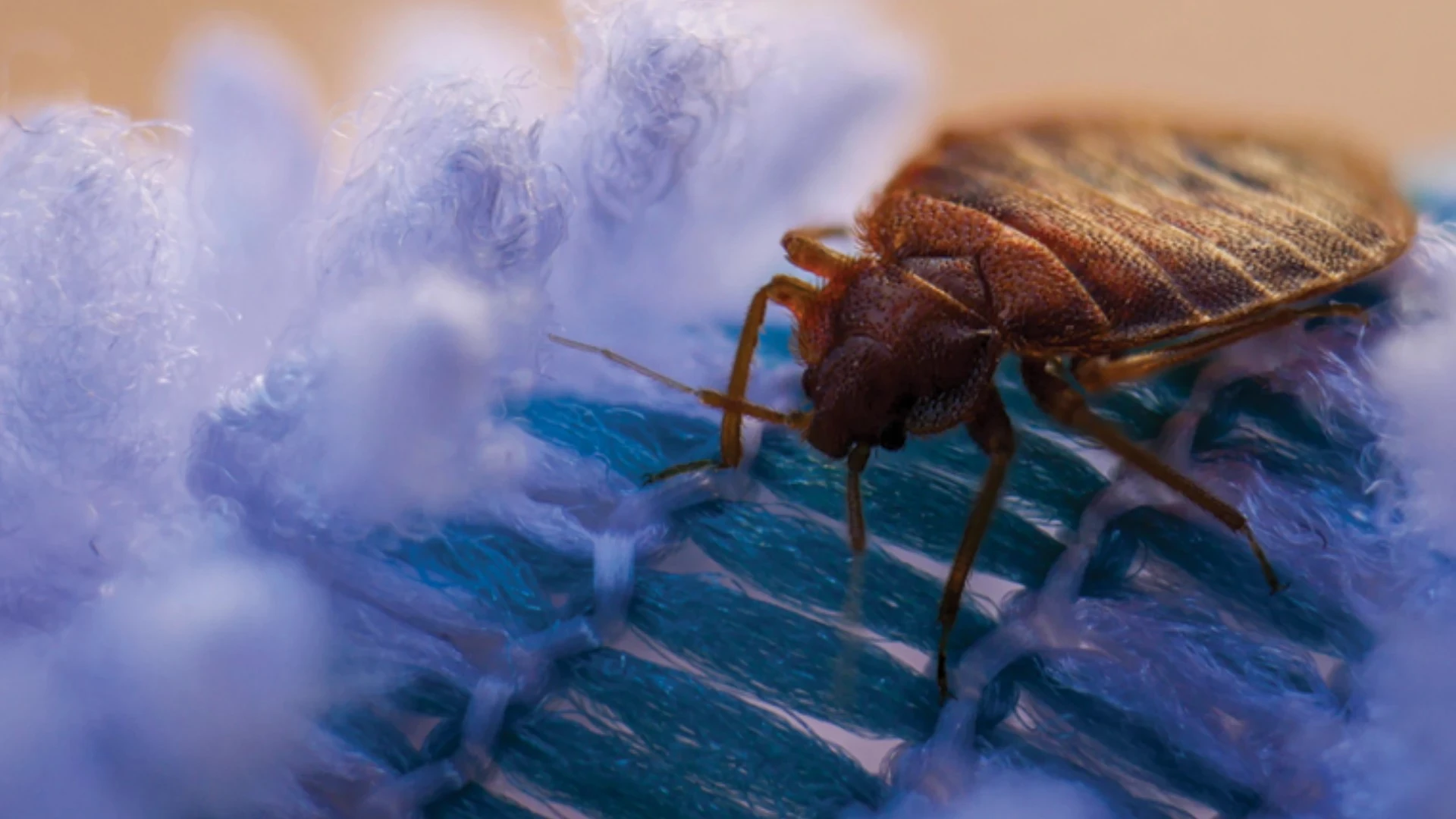In our technology-driven world of smart phones and social media, it is easy to forget that just a few years ago, most businesses didn’t even have their own websites. Oh, how times have changed!
A 2010 Consumer Pest Control Attitudes and Usage Survey by the Professional Pest Management Alliance (PPMA) suggests the Internet is no longer an optional frontier for pest management companies. In the study, 47 percent of respondents cited the Internet as a resource they "do, have or would use to look for a professional pest control company," up from only 29 percent in the 2005 version of the same study.
The Internet is a close second only to the telephone book/Yellow Pages, which 52 percent of consumers said they do, have or would use to look for a professional pest control company. But the survey results also indicate that the use of the telephone book and Yellow Pages is falling in popularity, as just five years ago it far outpaced the Internet as resource in their search.
While this shift in the way consumers seek pest control services may not be surprising, it does confirm that having a strong presence on the Internet is imperative in today’s marketplace. Your company website is a valuable sales tool and should be seen as a cornerstone of any comprehensive online marketing plan, which may include social media tactics like Twitter, Facebook and YouTube, paid online advertising and/or search engine optimization (SEO) efforts.
Of course, running a successful website for your pest management business is easier said than done. Sure, you can slap up a logo and phone number, but what are customers really looking for when they arrive at your site? How can you optimize your company’s online presence to ensure your website is attracting customers and growing your business? Here’s a rundown of some of the key elements your business’ website should include:
1. The Services You Offer and the Area(s) You Serve
It sounds simple enough, but it’s important to keep in mind that when someone stumbles upon your website for the first time, they are able to quickly and clearly identify what your company does, where you do it, and for whom. Do you have specialties (termites, bed bugs) or additional services (lawn care, wildlife management)? Do you serve one city, a region or the whole country? Do you serve residential or commercial customers, or both? Make it a priority to provide at least general information about your company and services on your home page so it’s one of the first things people see. You can save the more specific information for "FAQs," "About Us" and "Services" pages.
2. Accreditations & Awards
Are you a member of the National Pest Management Association, a state association or your local chamber? Were you voted Best Pest Management Company by your city’s newspaper? Do you sponsor a youth athletics organization or other non-profit? Your website is the perfect place to brag about your experience, certifications and recognitions, because customers will be looking for this assurance when selecting a pest management company.
3. Client Testimonials or Other Third-Party Endorsement
The popularity of websites like Angie’s List (angieslist.com) has shown that consumers base a lot of trust in peer reviews of businesses and services. According to the results of PPMA’s Pest Control Attitudes and Usage Survey, 45 percent of consumers have or would rely on a friend’s recommendation when looking for a professional pest management company. So although you don’t always have control over word-of-mouth recommendations for your business, you can replicate the concept on your site by sharing positive feedback, testimonials or case studies from your existing customers. If you don’t already have one, consider setting up a feedback form on your site that encourages customers to share their experience.
4. Contact Information
One of the most basic and essential, but oft-neglected, components of any company website is providing complete contact information. Once you’ve sold them on your services, make it as easy and as pain-free as possible for a customer to contact you and schedule an appointment. Provide a contact form on the site, an e-mail address (that someone from your business checks regularly!) and a phone number, as well as physical address if possible.
5. Links to Your Other Content on the Web
Do you have a Twitter account or Facebook fan page for your company? Consider adding buttons to your homepage that link directly to your accounts elsewhere on the web, so your customers can easily follow you, friend you, fan you or otherwise keep up with the information your business is sharing.
Was your business mentioned recently in the press? Why not create a "news" section on your website to profile any press your company receives as well as any news — new hires, promotions, expansions — you want to share with the public.
6. Up-to-date Content and Easy Navigation
Your company’s website represents your business, so it’s important to make a good first impression. One sure way to turn-off potential customers is to drive them to a website that seems out of date or is hard to navigate. Like it or not, customers will associate a poorly managed website with a poorly managed company, so it’s in your best interest to ensure it’s user-friendly and visually appealing.
You can take the idea a step further by including a search function or site map on your website, so that users can quickly find the information they are looking for. In addition, spend some time analyzing your web traffic (you can do this using free online tools like Google.com/analytics) and ensure that the most popular features on the site are especially easy to find.
7. Helpful, Relevant Content
One of the biggest challenges is standing out from the other resources on the Web that compete for your customers’ attention. Filling your site with interesting, relevant information will increase the likelihood that your audience spends more than a few seconds on your site and keeps coming back to it time and time again.
Consider adding video content and linking to external resources that share additional information as a way to continue to engage your site’s visitors. (Investors in PPMA have access to many perks for their websites, including video content like our public service announcements and "B-roll" footage, as well as buttons to link to external sites including PestWorld.org, PestWorldForKids.org and WhatIsIPM.org.)
FINAL THOUGHTS. There’s no doubt that building and maintaining a company website takes a lot more time and energy — not to mention monetary investment — than placing an ad in the Yellow Pages. But, the good news is, a website has the potential to pay much bigger dividends and do so much more for your business than traditional marketing. A well-run website gives you the opportunity to showcase what makes your services unique, attract new customers and maintain existing relationships, and ultimately help to grow your business.
The author is executive director, Professional Pest Management Alliance.
*****
Henriksen Appears on NBC’s Today Show
NPMA’s Missy Henriksen has made a pair of appearances on NBC’s Today Show as a source on bed bugs. On July 28, Henriksen was interviewed for a segment that ran in response to reports that bed bugs were being found in non-residential settings such as office buildings (e.g., former President Clinton’s Harlem office); retail stores (e.g., Abercrombie & Fitch and Victoria’s Secret); and public transportation. Henriksen provided tips for both retail shoppers and travelers. For clothes shoppers, Henriksen recommended they inspect any garment thoroughly, including all seams, before trying it on, and that they wash any newly purchased clothes before wearing them. For travelers, Henriksen recommended that, upon entering their room, they leave their suitcase(s) in the bathroom and then thoroughly inspect the bed, including the headboard.
Henriksen also made a Today Show in-studio appearance on Aug. 19 for a bed bug segment that ran in response to reports that bed bugs were showing up in movie theaters, schools and libraries. In this segment, Henriksen provided viewers with tips on how to inspect a bed, including the importance of checking areas such as seams and dust ruffles. Specific to the issue of picking up bed bugs in movie theaters, Henriksen recommended that viewers not bring belongings such as purses, shopping bags, satchels, etc., into the theater and place them on adjacent empty seats.

Explore the September 2010 Issue
Check out more from this issue and find your next story to read.
Latest from Pest Control Technology
- Rentokil Terminix Expanded in Key Markets with 2024 Acquisitions
- In Memoriam: Joe Cavender
- Certus Acquires Green Wave Pest Solutions
- Liphatech Adds Alex Blahnik to Technical Team
- Do the Right Sting: Stinging Insect Identification, Management, and Safety
- VAGA's 8th Annual Veterans Thanksgiving Appreciation Dinner
- Clark's Blair Smith on the Response to Increased Dengue Fever Cases in Southern California
- WSDA, USDA Announce Eradication of Northern Giant Hornet from U.S.





